Topics
How to Plant Wildflower Seeds to Grow a Beautiful Wildflower Garden
Flower farmingNew to gardening? Wildflowers are a delightful way to bring some beauty to your yard. Gardeners of all skill levels can enjoy success, no matter how much they know about growing plants.
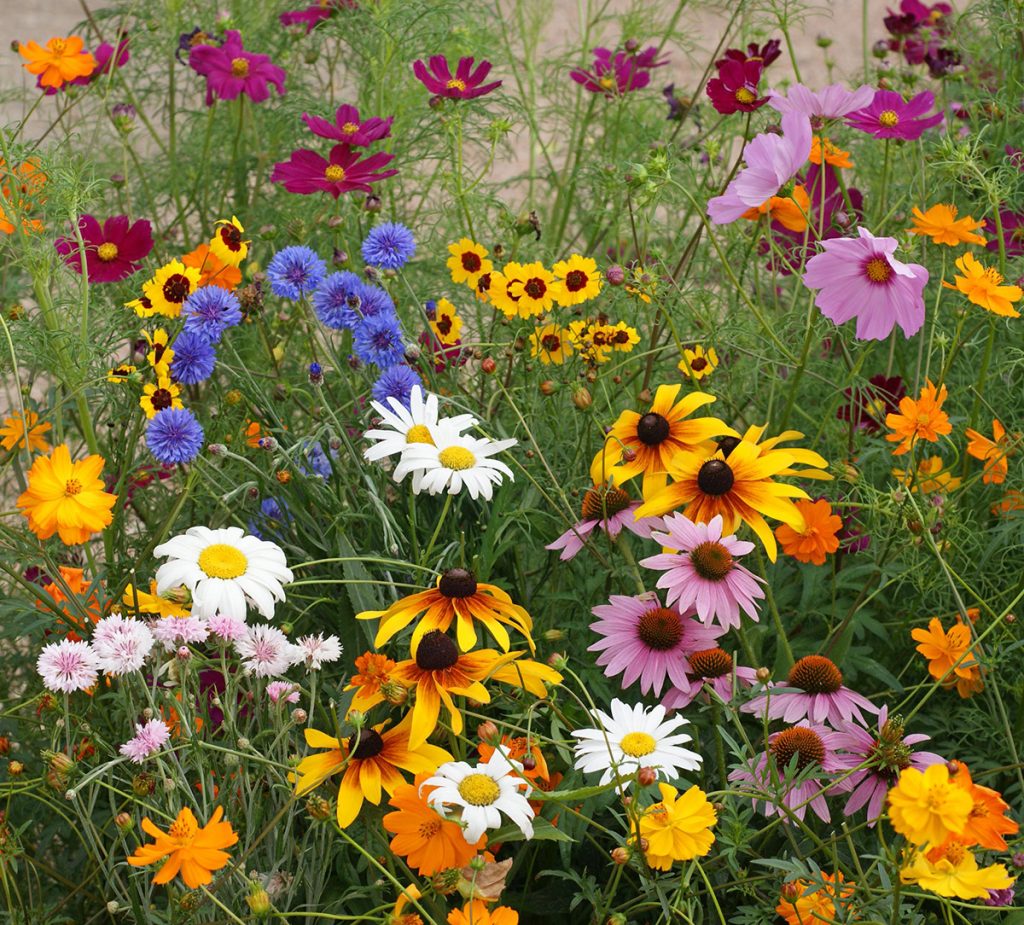
How to Plant Wildflower Seeds
Growing a wildflower meadow is a beautiful way to enjoy a colorful variety of flowers. Wildflower seeds are easy to sow, and there's no ongoing maintenance.
We've got 4 easy tips you need to know to grow wildflowers from seed. We'll cover when, where, and how to plant wildflower seeds. Plus, how to prepare the soil for the best seed germination, and how to choose the right wildflower mix for your area.
When to Plant Wildflower Seeds
Mid to late fall is the ideal time to prepare your soil and sow your wildflower seeds. Many wildflowers need a cold, wet season to break down the seeds so they will successfully germinate.
Where to plant wildflowers
Choose an area that receives 6 or more hours of sunlight every day. Don’t worry too much about soil fertility. Wildflowers are tough and can handle poor soil quality. You want well-drained, aerated soil that is not compacted. You’ll also want to clear the area of competition from weeds and other plants.
Prepare the Soil for Wildflowers
To prep the soil, pull any weeds and break up the surface of the ground with a hoe or a rake. Don’t worry about going very deep -- 2 inches or so of loosened topsoil is fine. Water the area well, and wait a couple of weeks. If any weeds sprout, pull them again. This way you’re sure that you’ve created a nice friendly spot for your wildflowers to take hold without a lot of other competing plant life to choke them out.
Wildflower gardens create an abundance of flowers throughout the growing season. It’s great to share your garden with the birds, bees, and butterflies that are naturally attracted to these flowers, too!
Sow Your Wildflower Seeds
When you’re ready to sow your seeds, either sprinkle or lightly rake the seeds into the surface of the soil. If your seeds are hard to manage and spread evenly, mixing them with sand can help. A 6:1 ratio of seeds to sand works well to help you get good coverage.

After the seeds are spread across the soil, gently press them into the soil with a board or gently walking across the area. Tamp them into the soil for good seed-soil contact, but don’t compress the soil too much. Gently mist the area of your seeds daily if it doesn’t rain. Your seeds will typically germinate in 7 to 14 days.
Choosing the Right Wildflower Mix
Now that you know how to prepare the soil for wildflowers and when and how to plant the seeds, it's time to pick the right wildflower mix for your growing zone.
Mixes of wildflowers are combined specifically to create a variety of colors, heights, and blooming times. When picking out your wildflower mix, make sure to consider your climate and growing conditions. Online resources like this Colorado State University Extension article can help if you’re looking for information specific to your local area.
Our wildflower seeds are preselected for specific US zones. Choose the right mix for your zone, which will include both native varieties and wildflowers that are well-adapted to your climate.
This video shows how we planted wildflower seeds. Watch to the end to see how the wildflowers grew!
Follow These Tips to Plant Wildflower Seeds:
Mid to late fall is the ideal time to sow wildflower seeds.
Wildflowers need 6 or more hours of daily sunlight.
Prepare the soil by removing weeds and having a 2 inch layer of loosened top soil.
Sow seeds by sprinkling and lightly raking them into the soil.
Keep the ground moist and cover with straw.
Pick the right wildflower mix for your growing zone.
As you can see, planting wildflower seeds is a pretty simple process. The easiest time to plant wildflowers is in the fall. If you want to plant in spring, try cold stratifying the seeds first.
Remember to prepare the soil for wildflower seeds. Then tamp the seeds down for good soil contact. The winter snow and rain will water the seeds, and in the spring, you'll have a beautiful wildflower garden to enjoy.
Written by Teresa Chandler
Found this information helpful? Share it with your gardening friends!





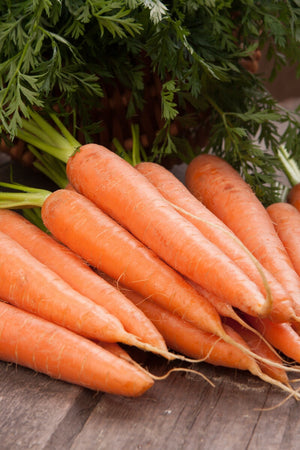
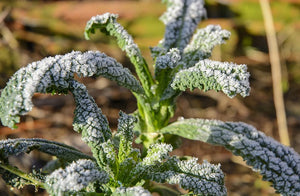
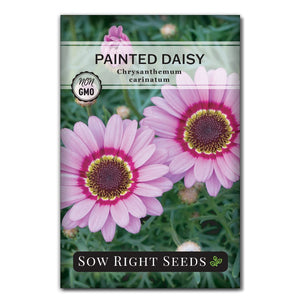
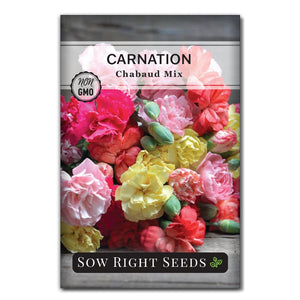
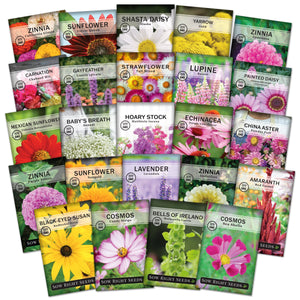
Leave a comment